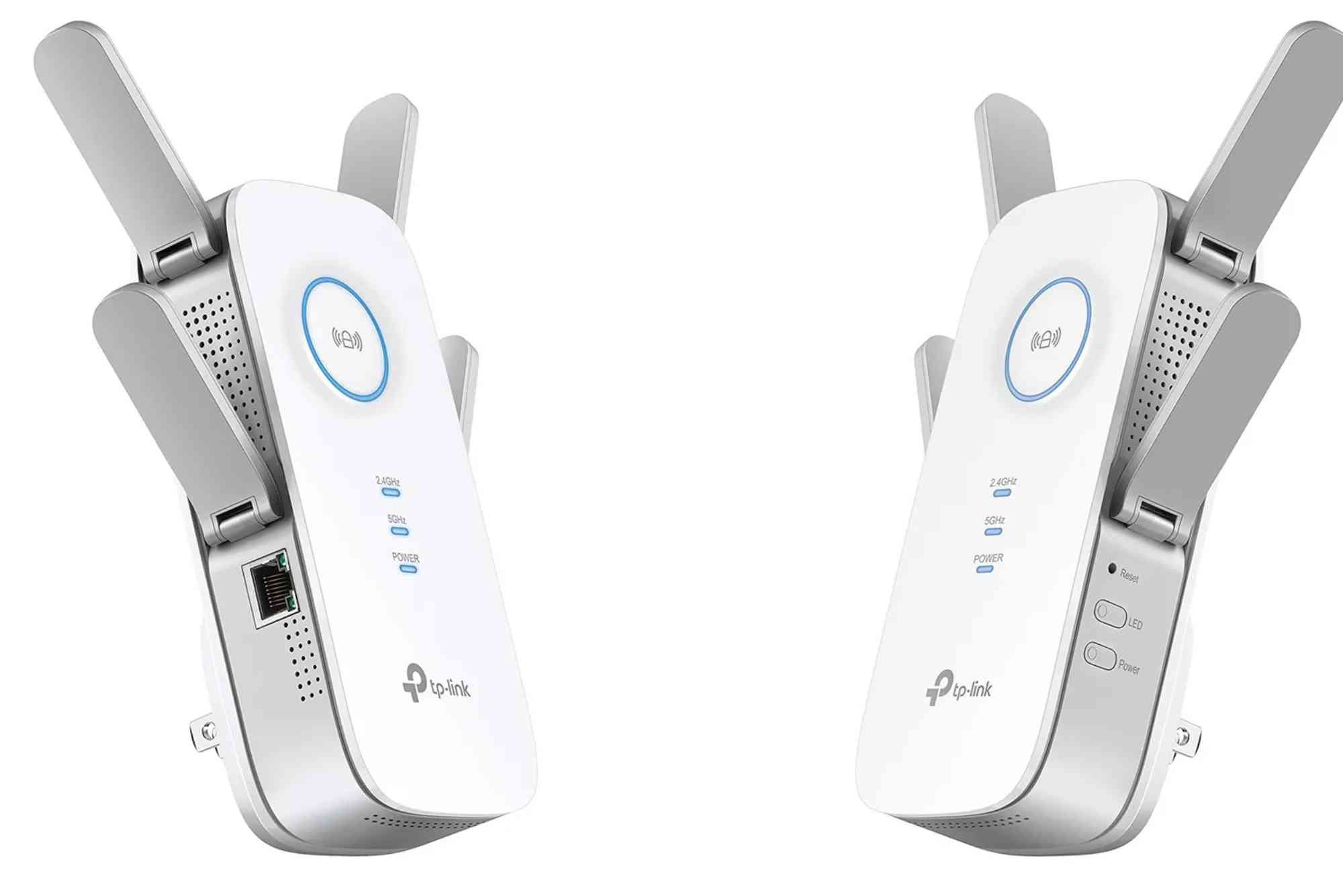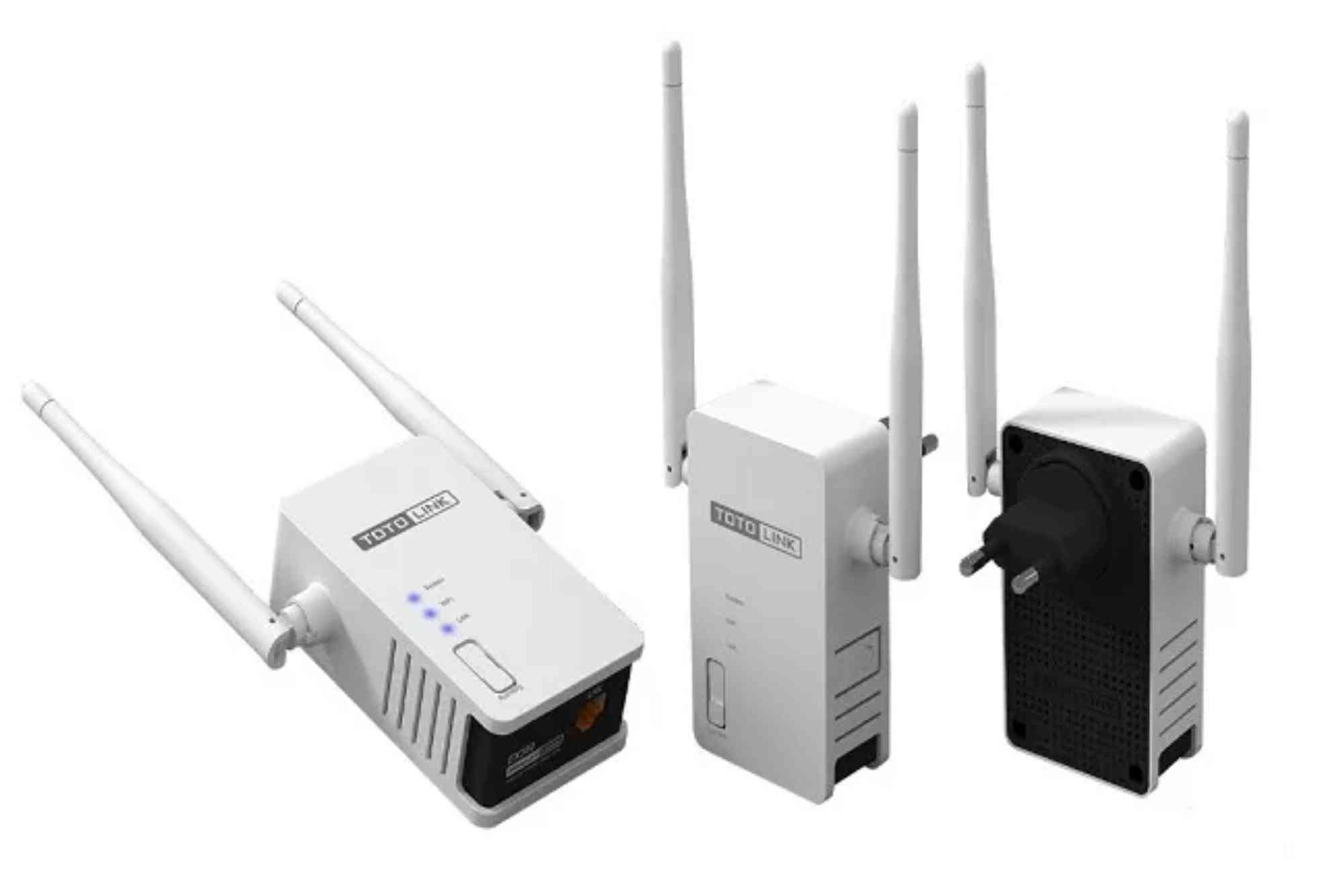Introduction
Have you ever noticed your Wi-Fi signal dropping the moment you step into another room? If so, you’re not alone. Many people struggle with weak internet connections because their Wi-Fi signal is blocked by walls. From streaming movies to working remotely, an unreliable connection is more than just an annoyance—it can disrupt productivity and entertainment.
Understanding how walls interfere with your connection is the first step toward solving the problem. In this guide, we’ll explain why your Wi-Fi struggles through walls, which materials cause the most disruption, and what you can do to fix it.
Why Walls Weaken Wi-Fi Signals
Wi-Fi Signals Work Like Radio Waves
Wi-Fi is transmitted through radio waves. These signals travel freely through the air but weaken when they encounter obstacles like furniture, doors, or especially walls. The thicker and denser the barrier, the more interference occurs.
The Role of Building Materials
Not all walls are created equal. Some allow signals to pass through more easily, while others act like shields. Materials such as concrete, brick, and metal are especially notorious for blocking or reflecting signals. On the other hand, drywall and wood tend to allow more signal penetration, though they still reduce strength.
Frequency Matters
Modern routers typically use two frequencies: 2.4 GHz and 5 GHz.
-
2.4 GHz: Travels farther and penetrates walls better but offers lower speeds.
-
5 GHz: Provides faster speeds but struggles with distance and wall penetration.
If you’re noticing sudden dead zones, the frequency band you’re using may be part of the issue.
Which Walls Block Wi-Fi the Most?
Concrete and Brick Walls
These are the biggest culprits when it comes to weak Wi-Fi. Dense materials absorb and scatter signals, making them particularly challenging for coverage.
Metal Walls or Reinforcements
Metal not only blocks but reflects Wi-Fi signals. If your walls contain steel reinforcements or aluminum siding, expect reduced performance.
Plaster Walls with Lath
In older homes, plaster walls often contain wire mesh. This mesh behaves like a metal shield, severely weakening signals.
Glass with Coatings
Modern energy-efficient windows often have metallic films to block heat. Unfortunately, these films also reflect Wi-Fi signals.
Signs Your Wi-Fi Signal Is Being Blocked by Walls
It’s not always obvious whether walls are causing the issue, but here are some clear indicators:
-
Your internet works well near the router but drops in other rooms.
-
Video calls freeze or lag in specific areas of the house.
-
Devices constantly disconnect when you move farther away.
-
Speed tests show drastic differences between rooms.
How to Fix Weak Wi-Fi Caused by Walls
Optimize Router Placement
One of the simplest solutions is to move your router. Place it in a central, open location, away from thick walls and obstructions. Elevating it on a shelf can also improve coverage.
Use Mesh Wi-Fi Systems
Mesh systems consist of multiple nodes spread across your home. Instead of relying on one router, the nodes communicate with each other to deliver consistent coverage. This is especially effective in homes with thick walls or multiple floors.
Add a Wi-Fi Extender or Repeater
If a mesh system feels too advanced, a Wi-Fi extender can still help. These devices pick up your existing signal and rebroadcast it to hard-to-reach areas.
Switch Frequencies When Needed
If you need better range, switch your devices to 2.4 GHz. For faster speeds in the same room as your router, 5 GHz is the better choice.
Consider Wired Connections
For devices that demand reliable performance, such as gaming consoles or work PCs, an Ethernet cable is the best option. It bypasses walls entirely and ensures stable speeds.
Upgrade Your Router
If your router is several years old, it may not support the latest Wi-Fi standards. Newer routers with Wi-Fi 6 technology handle wall interference more efficiently and provide better overall performance.
External Factors to Consider
Sometimes the problem isn’t just your walls. Interference from household devices like microwaves, cordless phones, and even Bluetooth gadgets can also weaken your Wi-Fi. Neighboring networks can overlap with yours, especially in apartments, creating additional congestion.
Using apps like Wi-Fi Analyzer can help you see which channels are crowded and allow you to switch to a clearer frequency.
Real-World Example: Orange Theory Mountain View
Large fitness studios like Orange Theory Mountain View often face significant Wi-Fi challenges because of reinforced concrete walls and large mirrored surfaces. To overcome this, they frequently rely on mesh Wi-Fi systems and strategically placed access points. If a professional facility struggles with these issues, it’s no wonder home users encounter the same problems.
FAQs: Wi-Fi Signal Blocked by Walls
Does Wi-Fi go through walls?
Yes, but walls weaken signals. The thicker and denser the wall, the weaker the connection becomes.
How many walls can Wi-Fi pass through?
Wi-Fi can usually penetrate 2–3 interior walls before the signal becomes noticeably weak.
What is the best way to improve Wi-Fi through walls?
Using mesh Wi-Fi systems or repositioning your router are the most effective solutions.
Why does my Wi-Fi work in one room but not another?
Obstructions like walls, furniture, or interference from other devices can block or weaken your signal.
Is 5 GHz Wi-Fi worse through walls?
Yes, 5 GHz provides faster speeds but has a shorter range and struggles more with walls compared to 2.4 GHz.
Walls are one of the biggest obstacles to reliable Wi-Fi. From concrete and brick to plaster and metal, each material impacts your connection differently. Thankfully, solutions like better router placement, mesh networks, and even wired connections can help you stay connected everywhere in your home.
For more reliable internet options tailored to your needs, check out Dhanote Internet Services.








